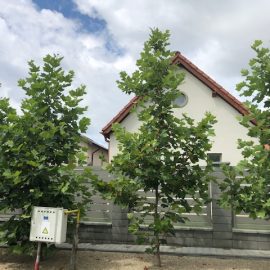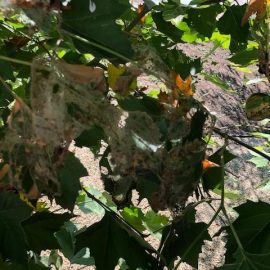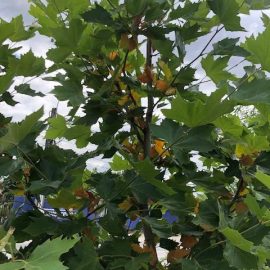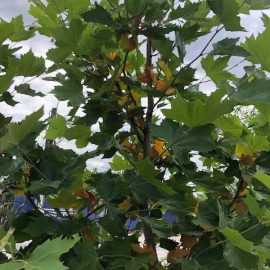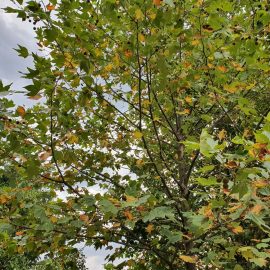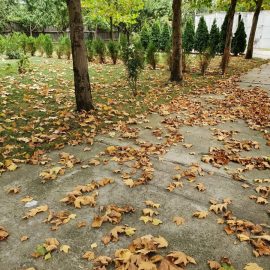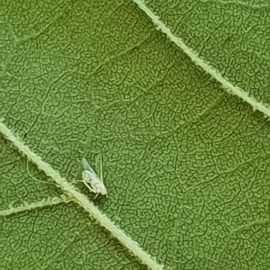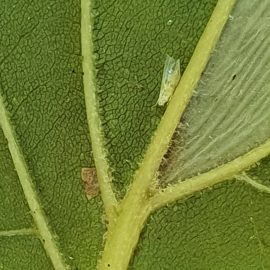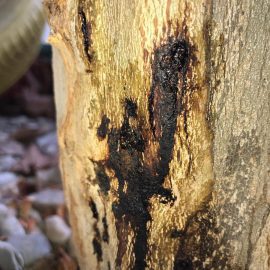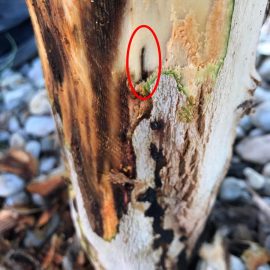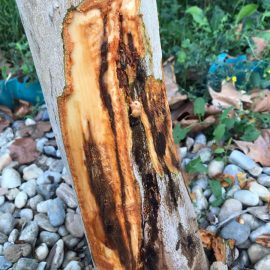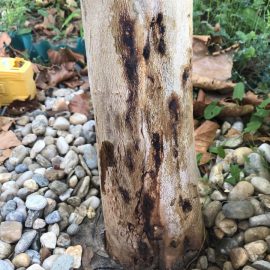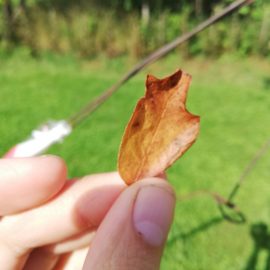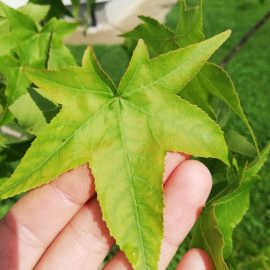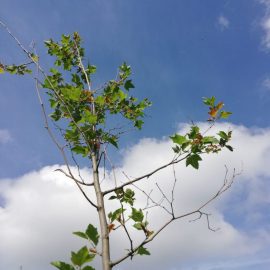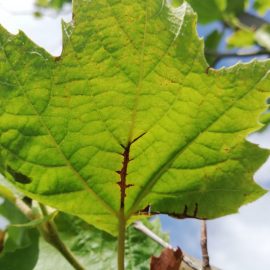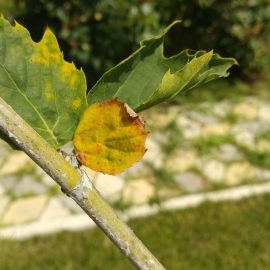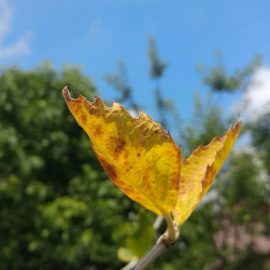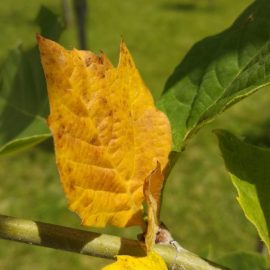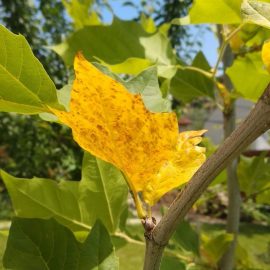London plane tree, planting guide and care work
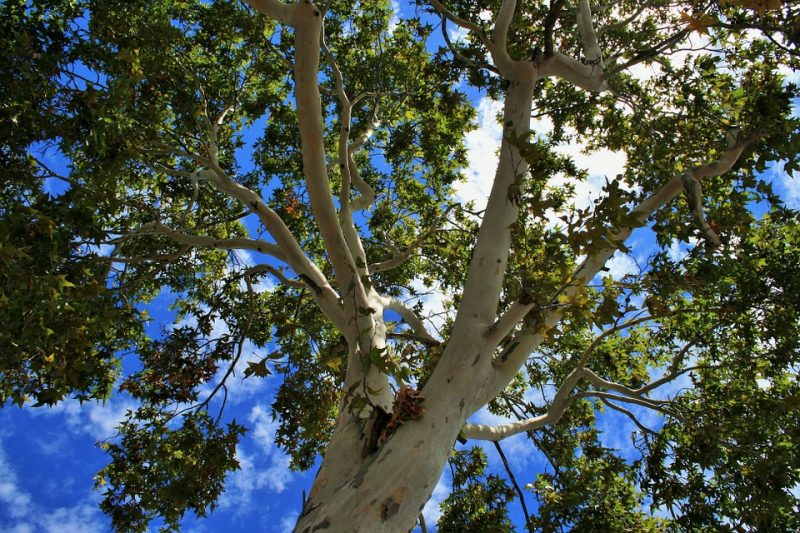
The plane tree (Platanus) is a genus consisting of a small number of tree species. They are the only members of the Platanaceae family, which includes 7 species of the size I trees, with heights of up to 30-40 m. They are widespread in the northern hemisphere, being native to North America, Southern Europe, and Asia. They are trees with a vigorous appearance and long longevity. They can be planted alone or in groups, to decorate gardens and parks. They are preferred as street trees or in alignments, on alleys, due to their very decorative bark.
Species and hybrids
In general, there can be found 3 species of the plane tree:
Platanus occidentalis (American sycamore). It is a vigorous tree, up to 40 m tall, native to North America. It has a thick trunk, covered with gray bark, which exfoliates in small plaques. The leaves have a broad limb, are lobed, with the ribs between the lobes slightly hollowed and wide. The fruiting capitula grow attached to a long peduncle, without hairs, solitary or two at a time.
Platanus orientalis. It is native to Europe (the Mediterranean area) and Western Asia and it is less tall than the previous one, reaching a height of 30 m. It has a short trunk, with bark that exfoliates and it develops a wide crown. The leaves are broad, palmately lobed, with 5-7 long lobes. The fruiting heads grow in groups of 2-6, being attached to a long peduncle.
Platanus hybrida – sin. Platanus x acerifolia (hybrid plane tree). It is a hybrid between P. orientalis and O. occidentalis, it is a size I tree and can reach up to 35 m in height. It has a strong trunk and develops a wide crown with thick branches. The rhytidome is gray-whitish, with large plaques that exfoliate. The leaves have a large, broad limb, are palmately lobed, with 3-5 lobes with a serrated edge. The fruiting heads are spherical, pubescent, and have a long, pubescent peduncle. The fruit is persistent, remaining attached to the plant even after the leaves fall.
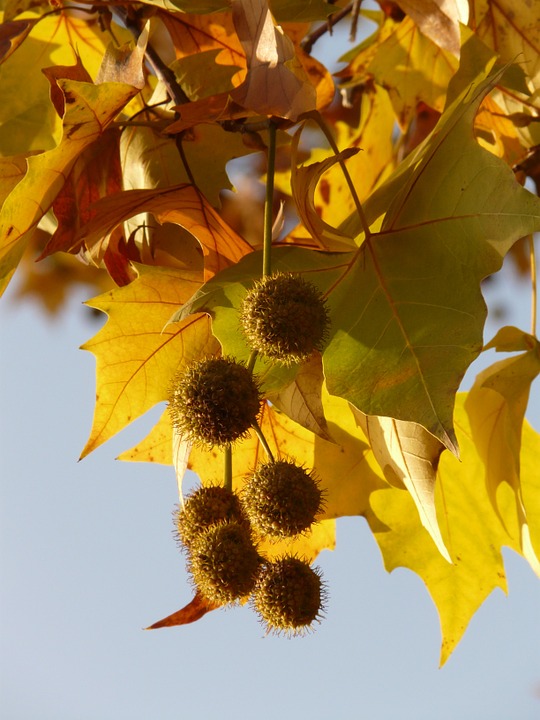
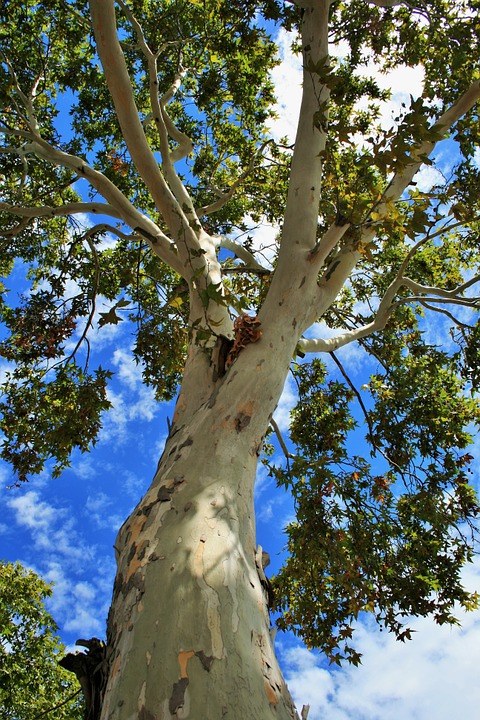
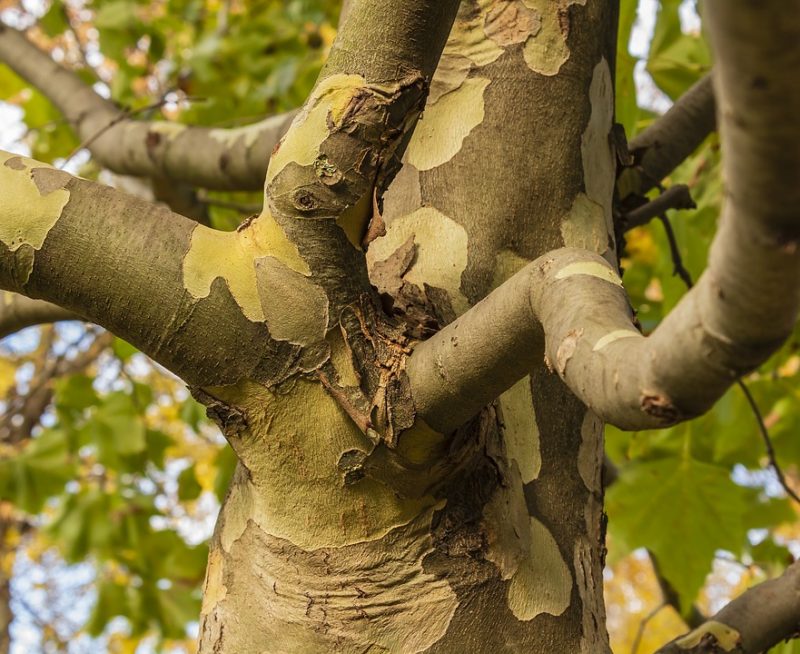
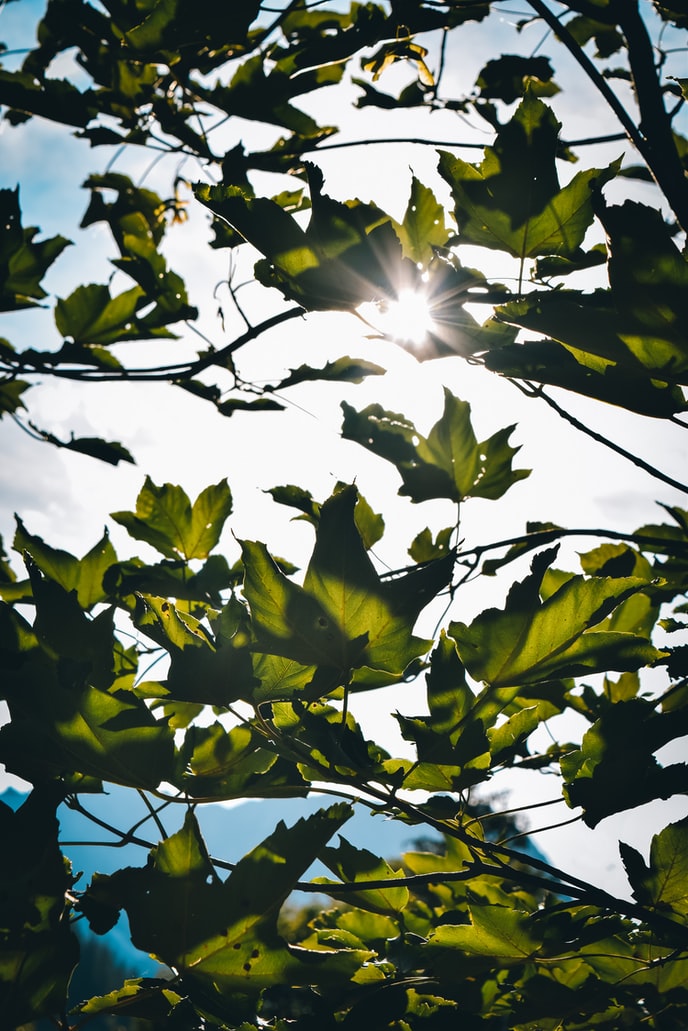
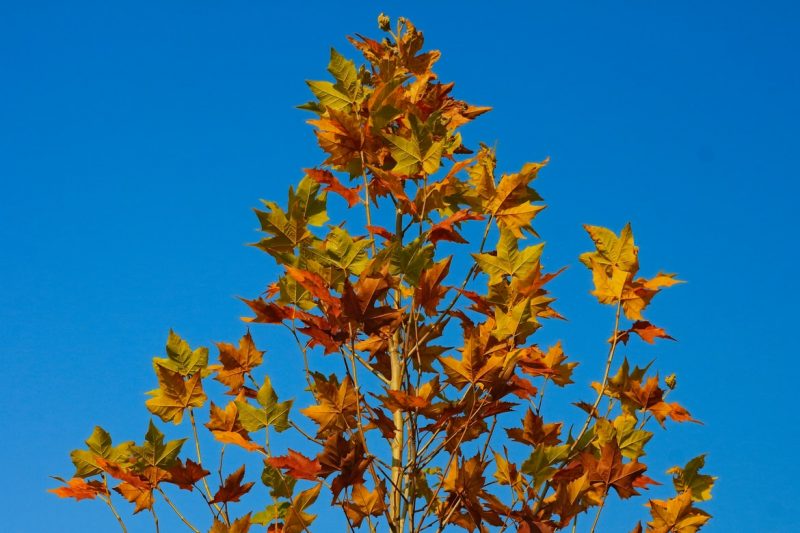
Care
Light. The described plane species prefer bright places with direct sunlight.
Temperature. Mature plane trees are resistant to frost and drought but can be affected by strong winds. The American sycamore is less resistant to droughts.
Soil. In general, plane trees prefer loose soils, moist.
Fertilization. To stimulate the rich growth of trees and shrubs, during the vegetative growth period, the application of specific fertilizers is recommended.
Recommended products
-
You can find products on a different store
Change Store -
You can find products on a different store
Change Store -
You can find products on a different store
Change Store -
You can find products on a different store
Change Store -
You can find products on a different store
Change Store -
You can find products on a different store
Change Store -
You can find products on a different store
Change Store -
You can find products on a different store
Change Store -
You can find products on a different store
Change Store -
You can find products on a different store
Change Store -
You can find products on a different store
Change Store -
You can find products on a different store
Change Store -
You can find products on a different store
Change Store -
You can find products on a different store
Change Store -
You can find products on a different store
Change Store -
You can find products on a different store
Change Store -
You can find products on a different store
Change Store -
You can find products on a different store
Change Store -
You can find products on a different store
Change Store -
You can find products on a different store
Change Store -
You can find products on a different store
Change Store -
You can find products on a different store
Change Store -
You can find products on a different store
Change Store -
You can find products on a different store
Change Store
Pruning. Most plane trees can withstand very well shape correction cuts, done during the vegetative dormancy period – in late autumn or early spring.
Recommended products
-
You can find products on a different store
Change Store -
You can find products on a different store
Change Store -
You can find products on a different store
Change Store -
You can find products on a different store
Change Store -
You can find products on a different store
Change Store -
You can find products on a different store
Change Store -
You can find products on a different store
Change Store -
You can find products on a different store
Change Store -
You can find products on a different store
Change Store -
You can find products on a different store
Change Store -
You can find products on a different store
Change Store -
You can find products on a different store
Change Store -
You can find products on a different store
Change Store -
You can find products on a different store
Change Store -
You can find products on a different store
Change Store -
You can find products on a different store
Change Store -
You can find products on a different store
Change Store -
You can find products on a different store
Change Store -
You can find products on a different store
Change Store -
You can find products on a different store
Change Store -
You can find products on a different store
Change Store -
You can find products on a different store
Change Store -
You can find products on a different store
Change Store -
You can find products on a different store
Change Store
Planting
Planting should be done in spring or autumn, during the vegetative dormancy period, at temperatures above 5° C, if the soil is not frozen and there is no danger of frost. Be sure to purchase planting material from authorized nurseries. Immediately after planting, water abundantly, then keep the soil always moist.
Recommended products
-
You can find products on a different store
Change Store -
You can find products on a different store
Change Store -
You can find products on a different store
Change Store -
You can find products on a different store
Change Store -
You can find products on a different store
Change Store -
You can find products on a different store
Change Store -
You can find products on a different store
Change Store -
You can find products on a different store
Change Store -
You can find products on a different store
Change Store -
You can find products on a different store
Change Store -
You can find products on a different store
Change Store -
You can find products on a different store
Change Store -
You can find products on a different store
Change Store -
You can find products on a different store
Change Store -
You can find products on a different store
Change Store -
You can find products on a different store
Change Store -
You can find products on a different store
Change Store -
You can find products on a different store
Change Store -
You can find products on a different store
Change Store -
You can find products on a different store
Change Store -
You can find products on a different store
Change Store -
You can find products on a different store
Change Store -
You can find products on a different store
Change Store -
You can find products on a different store
Change Store
Propagation
Plane trees can be propagated through seeds, cuttings, or layering.
- seed propagation is a more difficult procedure, recommended for professionals, because it requires stratification and preliminary treatments.
- the propagation through cuttings is a recommended procedure for the hybrid plane tree. Woody cuttings with suckers should be used, harvested from young specimens. The cuttings require special attention, especially in terms of shade and soil moisture.
- layering is recommended for the P. orientalis species. The Chinese layering technique is preferred.
Recommended products
-
You can find products on a different store
Change Store -
You can find products on a different store
Change Store -
You can find products on a different store
Change Store -
You can find products on a different store
Change Store -
You can find products on a different store
Change Store -
You can find products on a different store
Change Store -
You can find products on a different store
Change Store -
You can find products on a different store
Change Store -
You can find products on a different store
Change Store -
You can find products on a different store
Change Store -
You can find products on a different store
Change Store -
You can find products on a different store
Change Store -
You can find products on a different store
Change Store -
You can find products on a different store
Change Store -
You can find products on a different store
Change Store -
You can find products on a different store
Change Store -
You can find products on a different store
Change Store -
You can find products on a different store
Change Store -
You can find products on a different store
Change Store -
You can find products on a different store
Change Store -
You can find products on a different store
Change Store -
You can find products on a different store
Change Store -
You can find products on a different store
Change Store -
You can find products on a different store
Change Store
Diseases and pests
The most common disease that can occur in plane trees is powdery mildew. The pests that can infest plane trees are the hairy caterpillar and the sycamore lace bug.
In addition:
- plane trees are resistant to smoke and dust, so they are suitable for the urban environment.
- the fruits of plane trees remain attached to the branches even during the cold season.
- the plane tree blooms at the same time with the foliation, but the flowers are insignificant from an ornamental point of view.














































































































































































































































































































































































































































